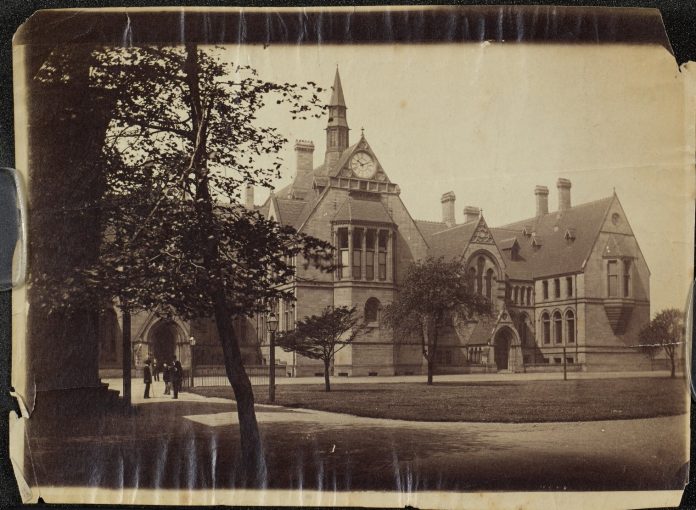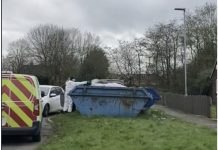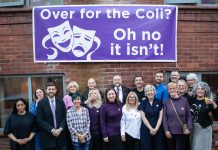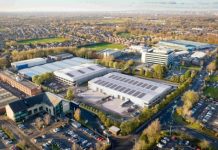Opening at the John Rylands Research Institute and Library on 20 September 2023, the ‘Founders and Funders: Slavery and the building of a University’ exhibition explores how profits from slave trading, ownership of enslaved people, and manufacturing with slave-grown cotton funded the cultural and educational development of Manchester.
New research from students at The University of Manchester has traced the wealth of five of the most significant founders and funders of the institution to transatlantic enslavement and underpins this new exhibition. Artefacts and objects from the University’s collections tell the story of these connections.
The exhibition invites visitors to examine these rediscovered histories and help us answer the emerging question for the city of Manchester and the University: “What should we do next?”
Today’s University of Manchester was founded as two separate educational establishments – Owens College and the Manchester Mechanics’ Institution. Manchester Mechanics’ Institution was founded in 1824 by a group of businessmen and manufacturers, including Sir Benjamin Heywood, James McConnel and John Kennedy.
Heywood’s position as Manchester’s leading banker was built on generations of his family’s profits from slave trading, while McConnel & Kennedy’s mills, the largest in Manchester, spun slave-grown cotton imported from the Sea Islands of South Carolina and Georgia.
Owens College was founded in 1851 with a gift of nearly £100,000 (over £10 million today) from the estate of Manchester businessman John Owens, who invested heavily in importing slave-grown goods from North and South America, as well as cotton manufacturing.
During their research, students discovered that the land on which the University sits was bought by Murray Gladstone, inheritor of considerable wealth from plantation ownership and enslavement of thousands of people of African heritage.
The exhibition showcases the history of the University’s cultural institutions, including the John Rylands Research Institute and Library itself, which was built using a fortune derived from the manufacturer of textiles made from cotton cultivated by enslaved people, and became part of the University in 1972.
Alongside letters and archival material that detail The University of Manchester’s financial and foundational connections are books and documents exploring the experiences of enslaved people linked to those locations and activities.
This includes Olaudah Equiano and Solomon Northup who published accounts of their first-hand experiences of enslavement and Jack Gladstone, an enslaved man who led a revolt of approximately 10,000 enslaved men and women known as the Demerara Uprising.
Also included are items that show how wealth derived from transatlantic enslavement continues to hold high financial and cultural value in objects owned by the John Rylands Research Institute and Library and Manchester Museum.
This includes a richly-decorated 16th century copy of Shāhnāmah (Book of Kings) by Firdawsī donated to Owens College by Samuel Robinson. Robinson inherited his wealth from his father, who manufactured textiles specifically to be traded for captives on the West African coast.
Jeevan Kaur Sanghera, MA History graduate and student curator, said: “Working on the exhibition, Founders and Funders, as a student curator was a process of getting to grips with just how embedded enslavement, empire and colonisation were essential to the building of Manchester, ‘Cottonopolis’. The social life, politics, intellectual culture, finances and kinship networks of Manchester’s 19th century residents were intertwined with exploitative colonial practices. This included direct investment in slave voyages or through industry, such as cotton production which was directly linked to Transatlantic enslavement and the labour of enslaved people.
“The exhibition does not simply seek to present this research as facts about arbitrary Manchester residents who funded the foundation of The University of Manchester. It prompts its visitors to begin to understand and acknowledge how embedded enslavement was to these people’s lives and their social and financial patronage of Manchester’s culture and institutions.”
Professor Nalin Thakkar, Vice-President for Social Responsibility at The University of Manchester, said: “This is an important step on a journey we started with the initial research into our links to slavery, which we published last year, in conjunction with seeking the views of staff, students and alumni.
“Our University is entering its 200th year in 2024 and it is incredibly important that our staff and students have undertaken this research, through our MA in History, and that we continue to be transparent in sharing new findings and perspectives.
“This exhibition, together with other insights, will help inform a broader response being considered by our expert group of staff and students, who are meeting over the coming year to consider how we address our past in positive ways as we enter our third century.







